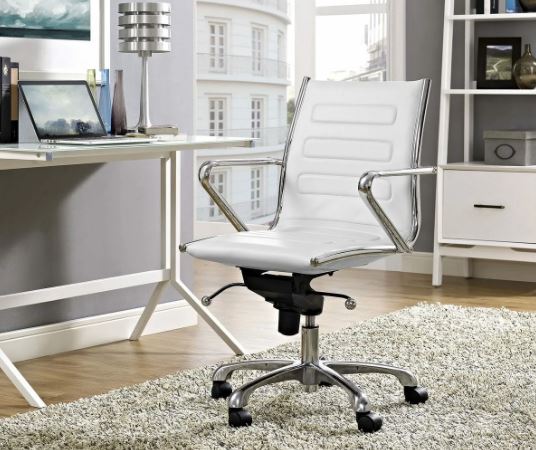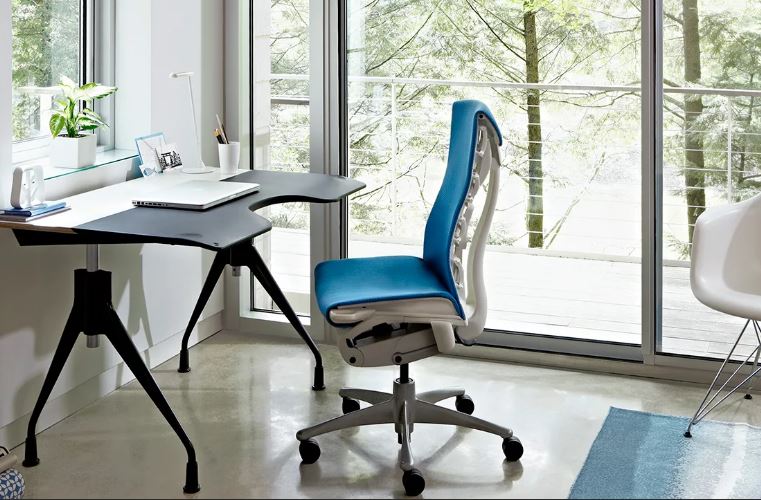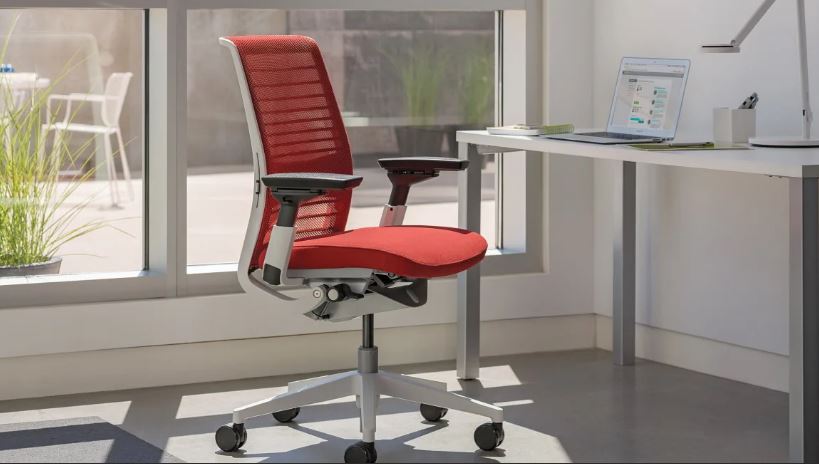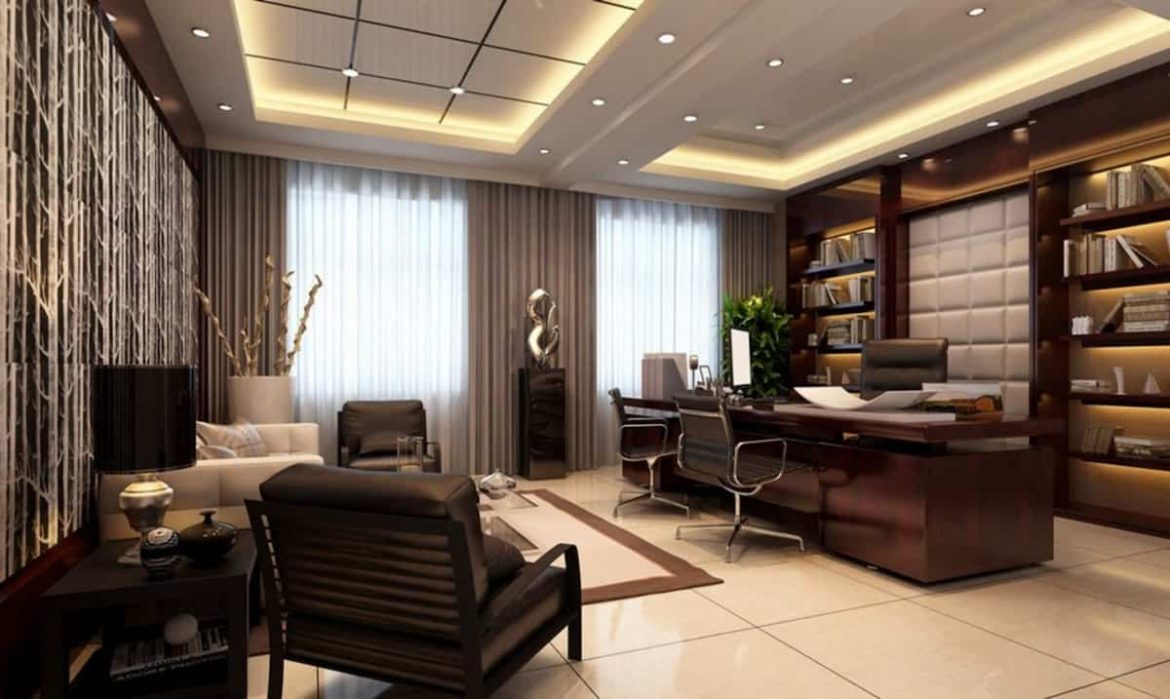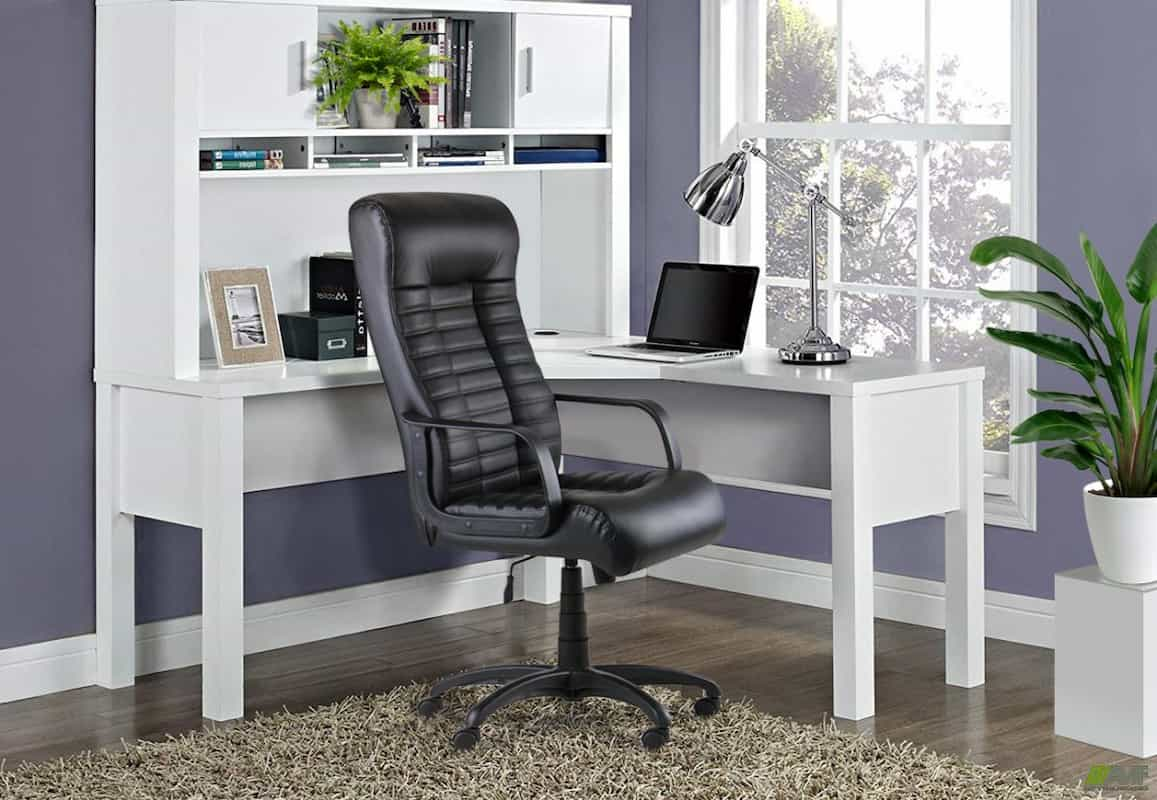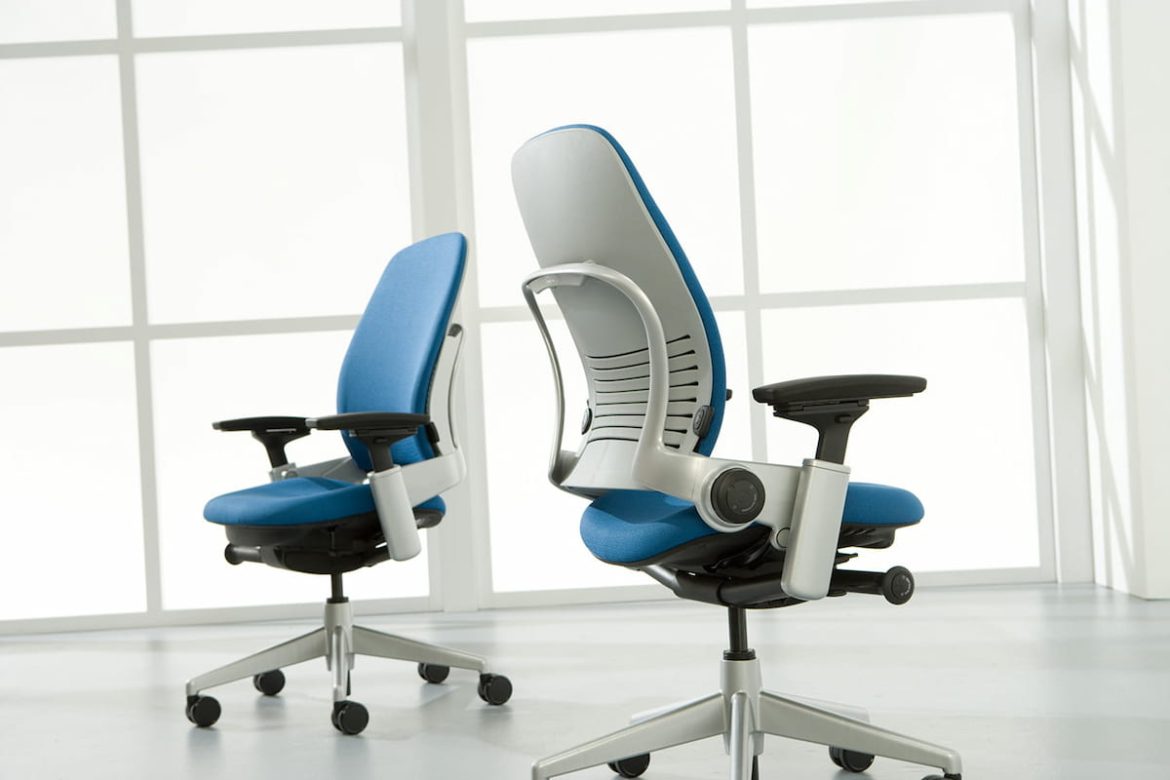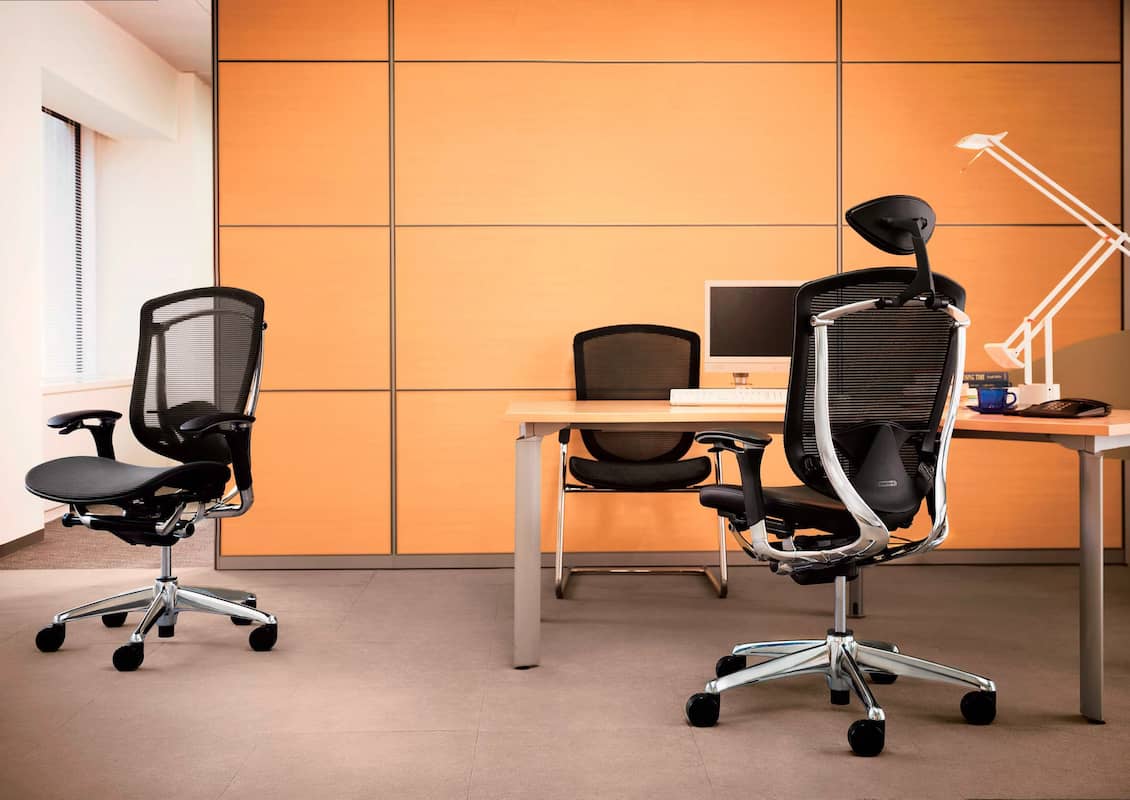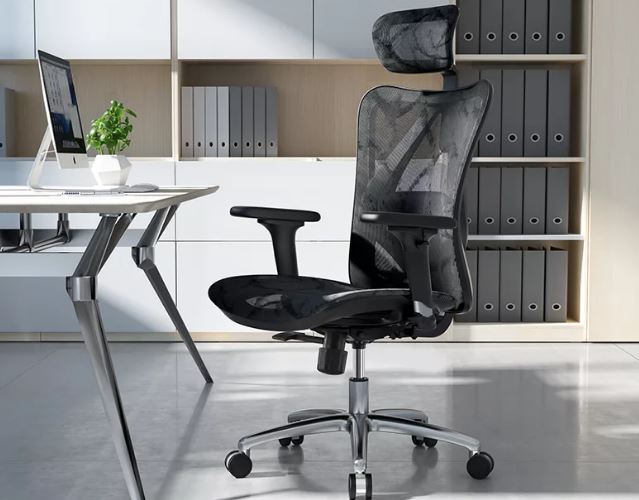Office depot website has a wide range of student desks available in many sizes and colors. Student desk is an important item that can change the appearance of the learning atmosphere and affect health and productivity.
Your kids pay more attention these days to how they study at home and how many pencils, pens, notebooks, and books they can fit on their desks so they can study and do their homework more easily. At a desk, it’s important to give them a place to learn that lets them do everything they want to do. We’re going to tell you what makes a student desk and a child desk different:
- 1. Shape and size
The size of a student’s desk or a child’s desk, along with the size of a child’s chair, affects your children’s comfort, posture, and, in the end, how productive they are.
A desk should be the right height or have a way to change it. When your kids use pencils and pens, their feet should touch the floor and their elbows should be just above the level of their wrists.
If your child wants to put a laptop or PC on his desk, keep in mind that the first case takes up less space and the second case takes up more space. More often than not, a rectangular student desk or children’s desk is used. L-shaped desks are better for small rooms, but you can also use round or oval tables if your child’s room has enough space.
If you don’t have much room, choose a student desk or a desk for kids that rolls. You can put it in their closet when your child is done with it. In short, you should always think about the size of your room when talking about the size of the desk. The weight of the desks is also an important thing to think about because of how much weight is put on them and how well they can handle it.
- 2. Space to store
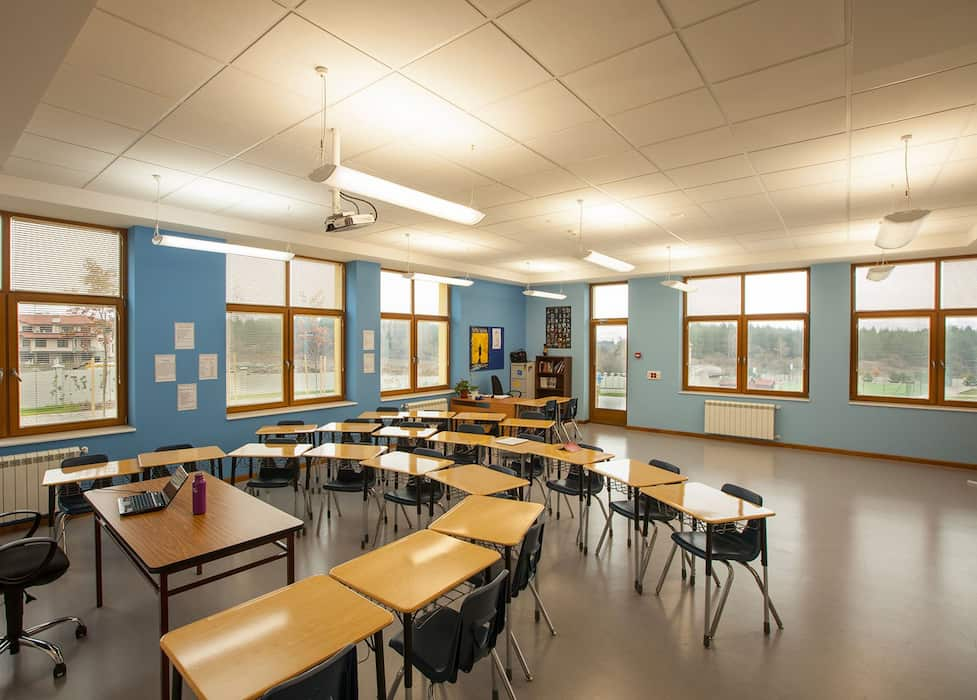
If your kids want to keep all of their school supplies in their desks, it’s important that their desks have enough storage space. Your kids can put all of their books and notebooks in the drawers, so you don’t need to buy anything else.
Children’s desk
There are many types of student desks and children’s desks that are made for computers. All of the wires will be out of reach of your kids because the desk is made to hold them. Some desks have shelves and drawers where they can put their school supplies. Your kids will always want a lot of room to play.
- 3. Material quality
Student desks and desks for kids come in many different styles, so it’s best to pay close attention to how your kids use their desks before you buy one for them. Desks made of a real wood look very nice and are expensive, but they are hard to protect and keep in good shape.
Laminate is cheap, long-lasting, and comes in many colors that look a lot like wood. Glass is great, but laptops and other electronics can scratch it.
Modern and stylish desks are also made of metal. So, you should choose the material you need based on how your house is decorated and what your child needs.
- 4. Following the rules of ergonomics
Whether your student desk or your child’s desk is designed with ergonomics in mind, your smart and hardworking child will never feel left out.
If your child can sit at the right angle during school, he will be more productive and won’t have to deal with back or neck pain. When looking for a student desk or a desk for a child, make sure it has features that make it easy to use and that can be changed.
- 5. Mobility
If you think your kids like to move around in their room a lot, you should look for student desks or kids’ desks that have wheels and can be moved.
Some desks are small and easy to move, while others are too big and heavy to move without wheels. Also, if you live in a house where you move around a lot, you should choose a student desk that is easy to move.

It’s natural to consider historical figures like Thomas Jefferson, Winston Churchill, Charles Dickens, Friedrich Nietzsche, Ben Franklin, and Ernest Hemingway while considering the most influential persons in history.
One thing all of these brilliant minds had in common was that they used a standing desk to get their job done.
The idea that sitting at a standing desk is better for one’s health and productivity is, therefore, not novel. As a matter of fact, a well-known author once penned the following in a letter dated July 5, 1777:
“I worry that you might stress yourself out by devoting too much time to your studies.
Take regular breaks to stretch your legs and retain an upright posture whenever possible, whether you’re at your desk or out and about.
Put your pen to paper on an incline if you must, but a standing desk is preferable. Stooping is the single most harmful habit for future priests and academics.
You don’t have to take anecdotal evidence at face value that standing while you work improves your health and creativity, even though there are many examples of outstanding people doing so throughout history.
Recent research supports the idea that workers are more productive when they are able to stand as they do their work. Let’s look at the research more closely to see what it reveals…
Increase in productivity of 45% at a call center due to the implementation of standing desks 1.
Researchers compared the efficiency of call center workers who used standing desks to those who used sitting desks. Their findings were published by Taylor & Francis.
Over the course of six months, researchers analyzed data from 167 workers. During the 6-month study, the control group sat at their desks while the experimental group stood. To my knowledge, this was the only noticeable change at work.
The following findings emerged from this 6-month study:
People who worked at desks that allowed them to stand instead of sit were 45 percent more productive each day.
Stand-capable desk workers were more productive than their seated counterparts over the course of a year, with a 23% boost in output between the first and sixth months.
That’s a sizable rise, and it’s easy to envision the positive effects on the economy that would follow.
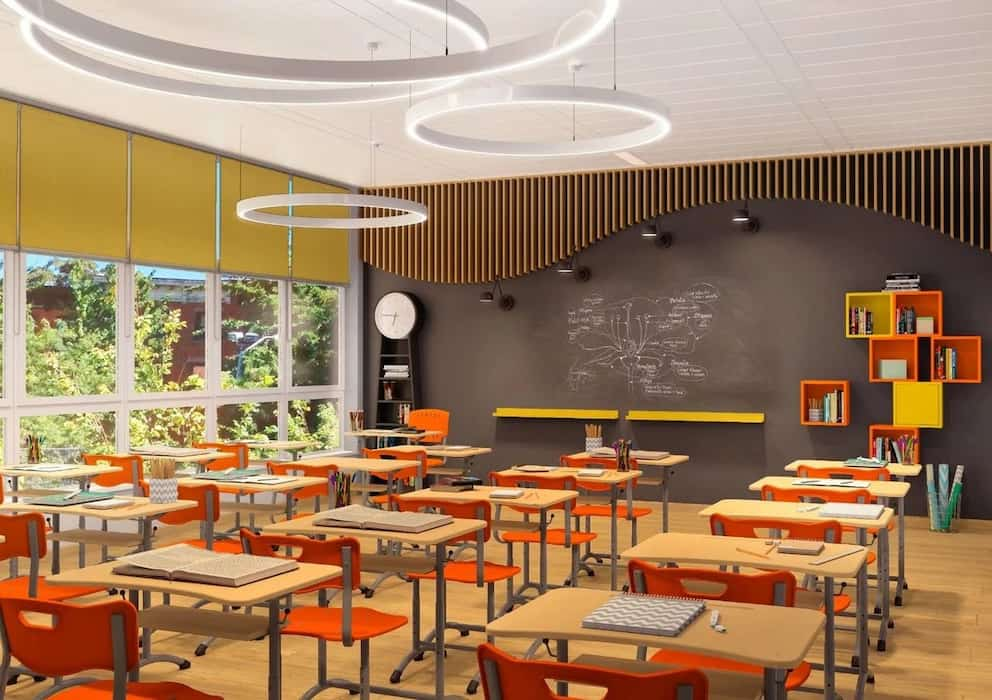
Standing desks are useful in more settings than only call centers. The Transform Grant from the American Society of Interior Designers (ASIDF) supported a study comparing the effects of standing desks on office workers with those of sitting desks.
Information was gathered at three-month, six-month, and twelve-month intervals. Standing desk users were shown to be more productive, satisfied, and healthier in the workplace. A few notable outcomes are:
It was found that 88% of those who used the adjustable workstations found them to be both useful and handy.
Sixty-five percent said their standing desks improved their health beyond the office.
Those who had height-adjustable desks also claimed to be able to focus better, which is likely a contributing factor to their increased output.
Overall, the study confirmed previous findings that sit-to-stand workstations decreased sedentary behavior, enhanced health, and contributed to a noticeable rise in workplace productivity.
